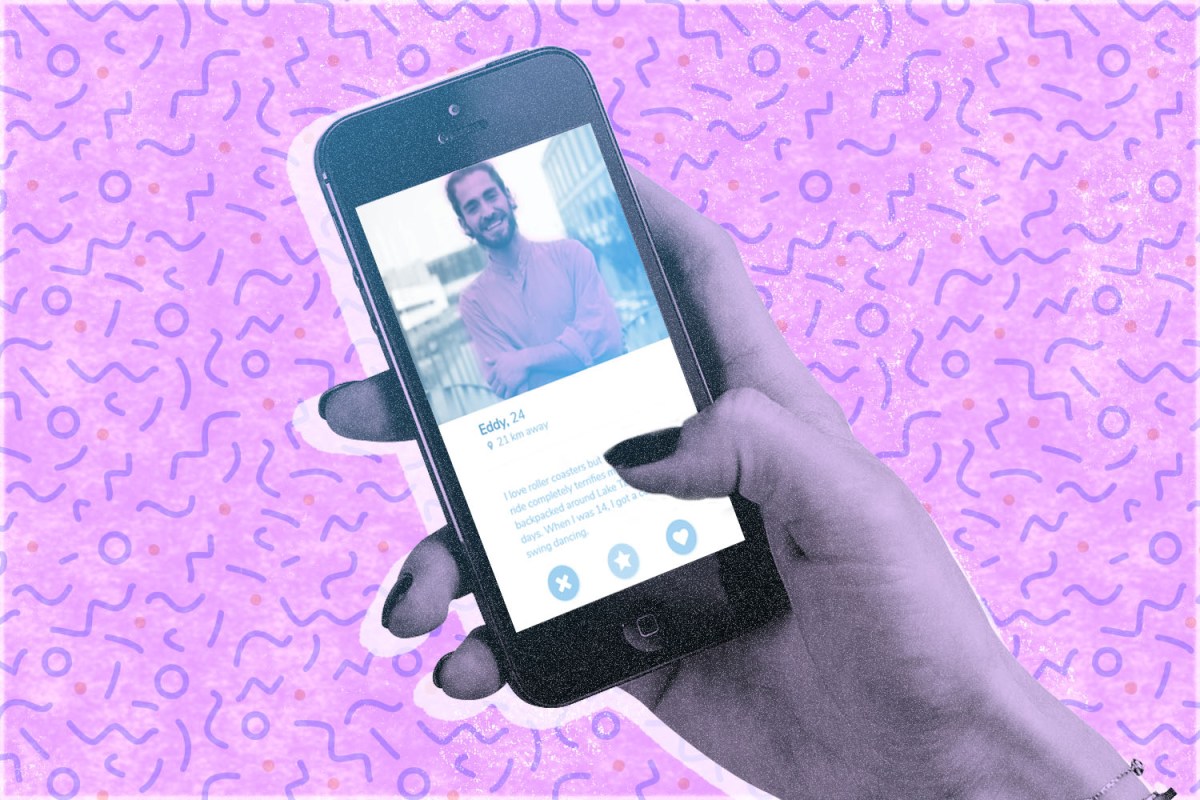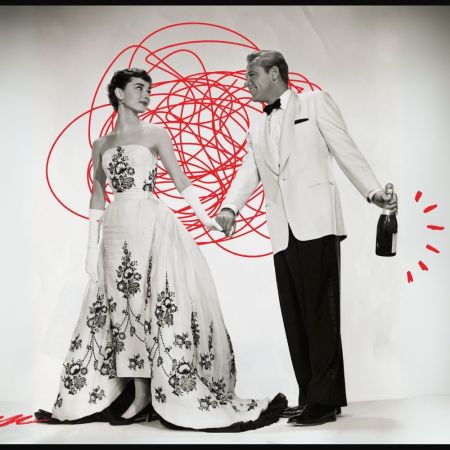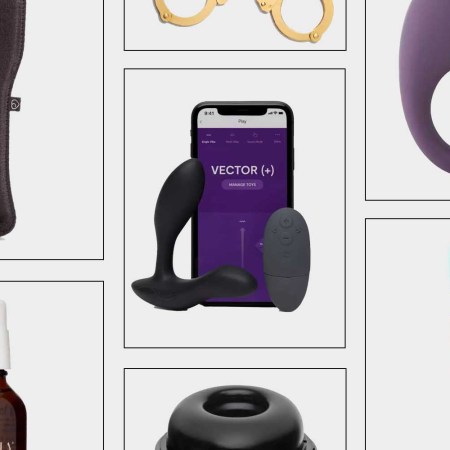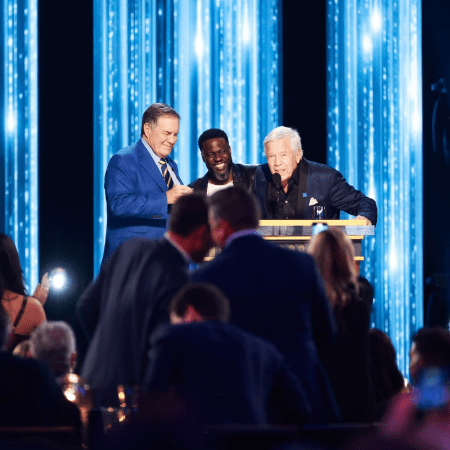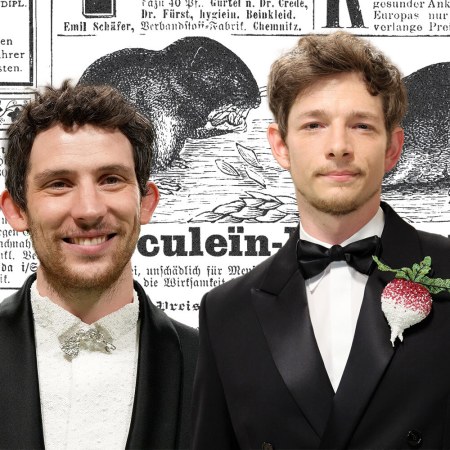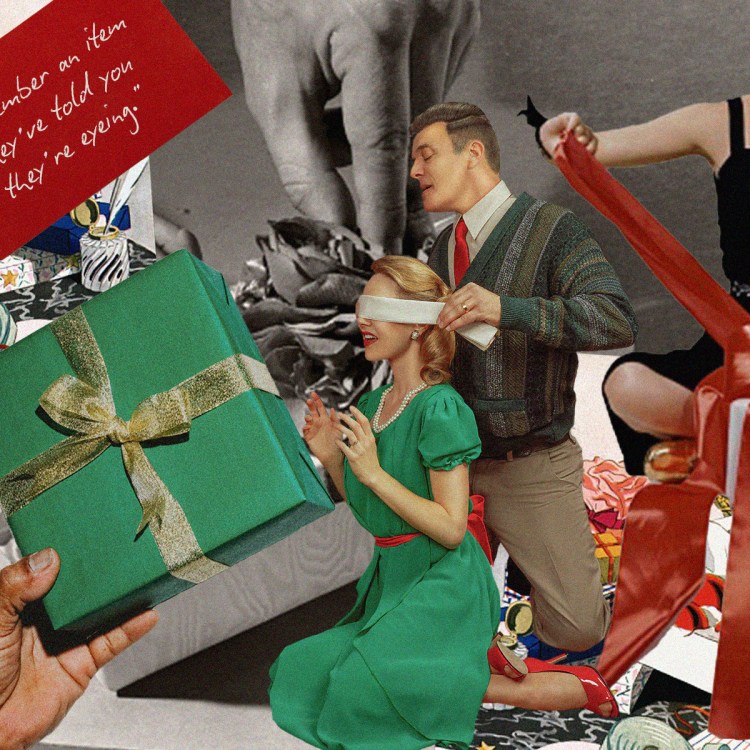
Two summers ago I went to my first Tinder wedding.
“Someday they’ll just call them ‘weddings,’” was a joke I repeated too often that year: to my parents who suspected but had never bothered to confirm that I, too, was on dating apps; to the surprising number of peers in my own immediate friend circle who had spent the majority of their young adult dating lives in “organic” relationships with people they’d met in real life; to one particularly skeptical college professor who replied, “Yeah, I don’t think so”; and even to the various men I met on dating apps that summer and attempted to woo into attending that very wedding as my plus-one with the Tinder bio, “My hottest friend from high school is getting married and I need a plus-one. You’re having the salmon.”
The joke hinged, however tenuously, on the presumed absurdity that the generation of young people credited with either revolutionizing or destroying the dating landscape by swiping away their young adulthood on dating apps were now using those apps not to further the rampant “hookup culture” with which such platforms had traditionally been associated, but rather to join in holy matrimony the ranks of the very elders who scorned them and their wayward Tinder swiping ways.
I could trust the joke to land among those who still saw dating apps as something new and vaguely scandalous — parents; the dating app virgins among my friends; the older men I dated who knew that if it weren’t for dating apps we’d both be stuck dating people our own age. But I knew, of course, that by the summer of 2018 there wasn’t anything particularly comical, much less shocking, about a marriage between two people who met on a dating app.
Back in 2017, a survey shared with Bustle reported that over 13-percent of app users said they were engaged or married to someone they’d met on an app. Two years later, a study published in the journal Proceedings of the National Academy of Sciences found that nearly 40-percent of heterosexual relationships in the U.S. began on dating apps. And by 2025, that number will leap up to 65-percent, Amy Nobile, relationship expert and founder of dating concierge service Love, Amy, tells InsideHook.
The notion of “serious” app dating (and app marriages), then, remains surprising only to those who watched the tide-turning rise of dating apps from afar. For the boomers and Gen Xers who watched Tinder and its successors erupt on college campuses in the early 2010s from the halcyon shores of their own marriages, dating apps seemed like any other young person’s frivolity: something to eventually grow out of. Like the sex, drugs and rock n’ roll the preceding generations eventually left behind, millennials would one day grow up, delete their dating apps, buy a home and move to the suburbs.
Meanwhile, the rest of us who were either riding the waves ourselves or patiently building sandcastles on the beach until we were old enough to jump in and make Tinder profiles of our own have long recognized the image of the app dater as an exclusively reckless, horny, doggedly non-monogamous Samantha for the 2010s as a largely inaccurate representation of app dating culture that was already outdated by the time Bumble debuted as Tinder’s first major, mainstream competitor in 2014.
While millennials may never be able to afford that home in the suburbs, they are growing up. The oldest members of the generation once synonymous with youth and its 21st-century vices will turn 40 this year. As millennials dutifully trudge toward middle age, it’s becoming clear that the dating apps that defined their youth are not restricted to it. Like millennials themselves, dating apps are growing up.
Beyond the Swipe
While Tinder, the platform that first introduced dating apps to the millennial masses back in 2012, has rebranded in recent years to appeal to a younger, Gen Z audience in a desperate attempt to avoid going the way of Facebook, many new and existing dating apps are attempting to age gracefully with their millennial users.
For some of these platforms, that’s meant rethinking many of the fundamentals that defined the early years of app dating — including the infamous swipe. Tinder’s swipe-based platform — in which users swipe right on a profile to express interest and left to decline a prospective match — was mimicked by early successors like Bumble, quickly becoming such an integral aspect of app dating culture that “swiping” is often used as a catch-all verb for dating app use in general.
Increasingly, however, newer dating apps — especially those that pride themselves on finding matches for a slightly older, wiser generation of app-daters — seem to be forgoing the swipe. Hinge, which tends to round out the Big Three of mainstream dating apps today, was among the first major apps to ditch the swipe with the intent of providing users with a slower, more purposeful app dating experience to combat the growing culture of “mindless swiping” that apps like Tinder have been accused of fostering.
Relationship-focused Hinge now bills itself as “the app designed to be deleted,” and other parties in the dating app space have followed suit. Elite dating app The League, which debuted in 2015 as an app for busy, career-minded millennials looking for real connections, is also a swipe-free zone, instead presenting its exclusive community of users with a curated selection of three to five prospective matches per day, which users can tap — but never swipe — to either accept or decline.
As swipe-weary millennial users age, these apps are responding to a declining interest in simply racking up the most matches and going on the most dates. As League founder Amanda Bradford told InsideHook last year, “We just want to really be the best matching app there is and have the most New York Times weddings.” Increasingly, millennials and their app-designers seem to be realizing that an endless supply of matches does not a New York Times wedding announcement make.
“Something More”
According to the millennial minds behind some of the newest dating apps on the block, the swipe isn’t the only thing that needs to go.
“It’s not just swipe fatigue,” says Adam Cohen-Aslatei, the creator of new dating app S’More, which had its New York launch earlier this month. “What’s happened is millennials grew up on dating apps and they were very young 10 years ago. They’ve been on these dating apps for seven to 10 years at this point,” he tells InsideHook.
“Millennials are getting into a new phase of their lives where naturally they’re looking for something more,” which, he adds, is where the name “S’More” comes from. “They’re looking for someone that’s more substantial.”
According to Cohen-Aslatei — who is, yes, a millennial — finding that something more starts with correcting a culture of immediate gratification millennials have come to expect from dating apps — along with just about everything else. On S’More, users can’t see a prospective match’s profile picture until they’ve liked a certain number of other, non-appearance-based elements of that person’s profile. The goal, Cohen-Aslatei says, is not merely a modern-day morality ploy to break app-daters of a presumably shallow, appearance-based judgment system, but also to get them to slow down and evaluate a prospective match with more intent.
“We’ve been educated as millennials to get everything we want instantly. Pizza, Ubers, plane tickets, even sex, you can get on demand. But relationships don’t work that way,” he tells InsideHook. “We want to clean up the mess that was created by a lot of these casual dating apps.”
For Cohen Aslatei, the antidote to the mess left over from the early days of Tinder and its ilk is S’More’s premise of “slow dating.” Unlike the casual dating apps and hookup culture that have largely defined public perception of app dating, the slow dating model of newer millennial-focused apps like Hinge, The League and S’More is ushering in what Cohen Aslatei calls the “next generation” of dating apps.
The Next Generation of Apps (for the First Generation of App Daters)
Of course, it’s not really the “next generation.” Gen Z, as previously noted, is currently being aggressively wooed by Tinder just like the millennial swipers before them. Rather, it’s the same generation, just older. And as their apps are changing, so are the things millennials want from them.
“Older millennials realize that what they were doing before on the apps a few years ago no longer works — and never really did,” says Nobile, the Love, Amy founder who made headlines last year after asserting that millennials pale in comparison to older generations when it comes to the art of flirting. “Now that they feel an urgency to find a mate and have kids, they feel a bit lost as to how to jumpstart their dating lives,” she tells InsideHook.
In designing S’More, Cohen-Aslatei had a similar understanding of millennials’ shifting romantic goals in mind. Contrary to the popular image of the contentedly single, late-or-never-marrying millennial who hooks up and ghosts with ease, many millennials actually do want to get married, he says, perhaps even as much as their pre-Tinder predecessors.
“The same number of millennials say they are looking for relationships or they’re looking for marriage as compared to their parents’ generation,” Cohen-Aslatei tells InsideHook. “So people want to get married. The number of people who say they want to get married has not changed since the 1970s.”
The problem is the broadening gap such millennials are seeing between what they want romantically and the tools they use to get it. “Millennials are very results oriented, and they view apps as a means to an end,” says Nobile. “They have little patience for the delicate dance of dating, flirting and courtship. So they use apps as tools, rather than a pathway to find amazing, quality, soul mates.”
The answer, however, isn’t to ditch apps altogether. As Nobile notes, app dating is only projected to take over more of the dating landscape in the coming years, which means, she tells InsideHook, that “everyone needs to figure out how to leverage these apps.”
Of course, for many millennials, the app game may still reach a natural expiration date — and perhaps already has. As one 40-year-old app dater — a man currently in an open relationship who first downloaded dating apps in 2015 — tells me, “I use them less and less and suspect I’ll keep heading in that direction. Nothing beats meeting people in actual, real-life scenarios.”
That latter opinion, it has often occurred to me, may be the most defining distinction between older and younger millennials on dating apps. Millennials may have been the world’s first dating app guinea pigs, but only the youngest of that generation truly “grew up” on dating apps. I fall into the latter age category — technically landing slightly over the Gen-Z side of the generational divide — but typically engage with members of the former: the cusp Gen X/millennials who dated for a decade or more in a pre-app world before Tinder interrupted their thirties.
While I, too, first downloaded Tinder in 2015, I was a senior in high school at the time, not — like the 40-year-old I interviewed for this article after going on one date with him months ago — a 30-something fresh off an eight-year relationship. “I grew up on Tinder” has become the new refrain I trot out on dates with older men, and like the Tinder wedding joke it’s replaced, it’s intended to shock and amuse, to coyly exaggerate the age gap between us.
Older millennials had their young adult lives split in half by the advent of dating apps. The Tinder wedding joke works on them because, even as they plan and attend Tinder weddings themselves, there is still something vaguely jarring and discordant about the idea of marrying a person they met on the internet. While to a Tinder native such as myself, it seems infinitely sadder to settle down with someone you met “organically” (I often liken the difference to shopping online and filtering for the precise item that meets all your requirements versus walking into the mall and hoping to just leave with something that fits), older millennials, it seems, often still find themselves hung up on romanticized notions of meet-cutes and serendipity.
Middle-aged millennials have experienced, first-hand, a distinct before and after in their own dating lives unshared by any other generation. One thing they do seem to share with their generational predecessors? A tendency, perhaps through the ever-rosey lens of retrospection, to privilege the before.
Whether you’re looking to get into shape, or just get out of a funk, The Charge has got you covered. Sign up for our new wellness newsletter today.
